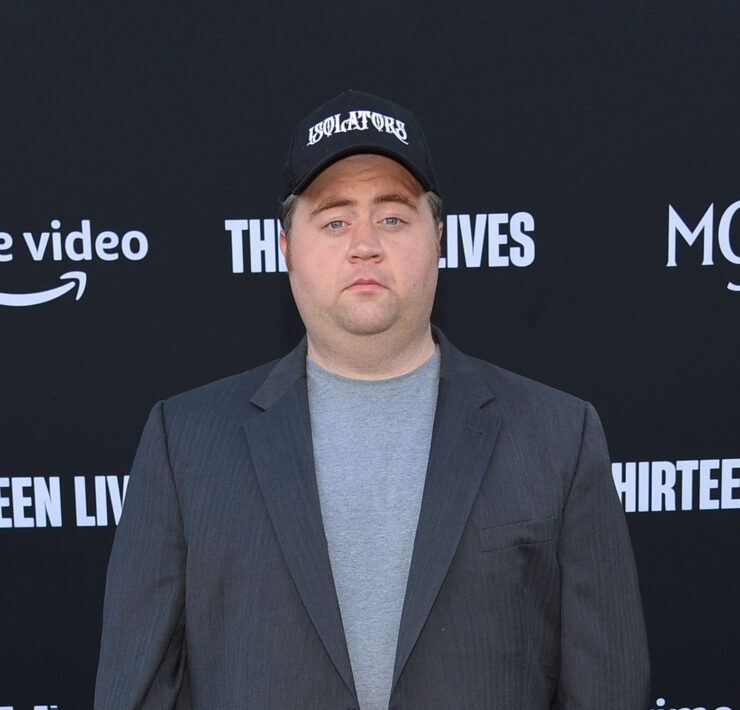There are a number of things that can make the movie-going experience uncomfortable for me. A sticky seat, a big fro two rows ahead, a diet coke gone through my system too quick, a bad date sitting right next to me. Little glitches such as these have the potential to pull me out of the film and get me squirming for the next two hours.
Lately though, I’ve noticed that what gets me squirming in theaters hasn’t been a bad seat or a bad date, but instead has been the increasingly negative portrayals of Christians in recent films. We’ve all seen them, kind of chuckled at them or maybe huffed in offense at them. We’ve all “gotten down with G-O-D” and Mandy Moore in Saved, all gasped with amused disgust at “Freakshow,” the hymn-singing truck driver covered in boils in Harold and Kumar go to White Castle. We’ve argued alongside Jason Schwartzman and Marky Mark as they battled it out with a pair of fundamentalist Christian parents in I Heart Huckabees. These scenes and these characters have initially gotten us to laugh along, but our laughter is terse and forced, because as long as we identify ourselves with the term “Christian,” we must also identify ourselves with these characters, no matter how caricatured or untrue they might seem.
It’s no secret that although film serves as entertainment, it is also a medium through which messages are sent to the American public. This past year, we saw the full extent of this power in the way Michael Moore’s film Farenheit 9/11 created an uproar with its anti-Bush agenda. Censors even gave the film an R-rating for its political overtones. Regardless of the rating, thousands flocked to watch the documentary when it came out, and sure enough, many who watched the film were convinced by Moore’s representation of the administration and left theaters dead set on bringing Bush down.
Similarly, as films depict Christians as bigots, hypocrites and freaks, who is to say that the average patron will not be swayed into believing these representations? True, the above-mentioned films are not exactly at the award-winning level and might not carry as much intellectual clout as other films, but the target demographic of films such as Saved, Harold and Kumar, and I Heart Huckabees consists of the young and impressionable. Thus, it’s important—crucial, even—for Christians to pay attention and see how outsiders view and think about our community.
And that is what we are. A community. And as a community, one Christian on the big screen is going to be associated with the other Christian in the classroom or in the gym or in the office. Sadly, many of these misrepresentations of Christians in film have some merit. We all know the one kid on campus who insists on wearing that “Adam and Eve, not Adam and Steve” t-shirt. We’ve all seen the protestors waving poster-sized pictures of aborted fetuses along busy intersections in the middle of downtown. And who could forget watching the handful of televangelists unravel before their television audience. If not on the film screens, then these real-life scenes will constantly be playing in the mind’s of people who are not willing to forget when members of a community who claim integrity, love and mercy demonstrate the exact opposite.
Is it unfair that all Christians suffer a tainted reputation when one of them stumbles? Perhaps. But there are two sides to every coin. I believe that just as every bad incident is taken into account, so is every time a non-Christian experiences the love of Christ through another Christian. Just as they will know us by our mistakes, they will also know us by our love. In this great truth, we can find hope.
[Jeannie Choi is a graduate student at Wheaton College studying Religion in American Life. She hopes to go into the writing field upon graduation.]



















